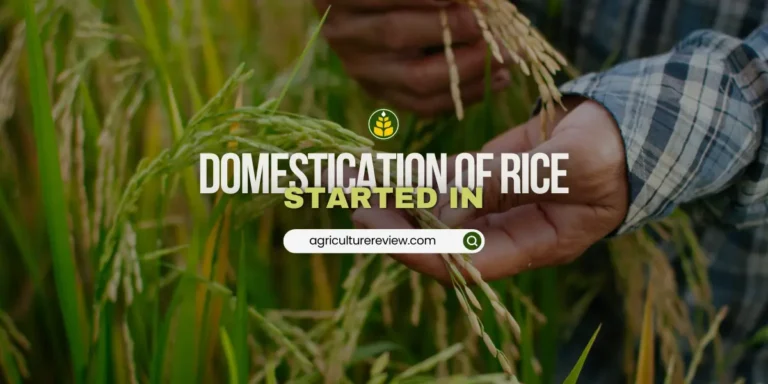India is a major agrarian country, it is the largest producer of sugarcane, banana, milk, papaya, jute, etc. and is the second largest producer of rice, wheat, sugarcane, groundnut, vegetables, fruit and cotton. The agriculture sector contributes about 20.3% to the GDP of the country and is a major source of employment in rural India.

Four salient features of indian agriculture
- Vast Arable Land: India has the largest arable land in the world. Around 50.4% of the land, i.e. around 159.7 million hectares in India is used for cultivation of crops. Apart from vast arable land availability, variable altiutude of the arable land also plays a vital role in adabtability of various types of crops in India.
- Wide Climatic Conditions: There are a total of 15 agro-climatic zones in India which is further divided into more homogeneous 72 sub-zones. That’s why Indians can cultivate a wide range of crops from tropical mangoes to temperate strawberries.
- Soil Types: In India, 8 major soil types are Alluvial Soil, Desert Soil, Black Soil, Laterite Soil, Red and Yellow Soil, Alkaline Soil, Forest or Mountain Soil, and Peaty and Marshy Soils. Alluvial soil contributes 40% of the total land area in India. All these soil types have their importance. For example, cotton can be grown easily in the black soils of Maharashtra, but it is not suitable for groundnuts.
- Subsistence Farming: However, India is gifted with lots of benefits suitable for agriculture, but due to the small land holdings of the farmers, a larger population of Indian farmers practice subsistence farming. Therefore, they are not able to earn much as most of the produce is used for family consumption.
If you have any queries, ideas or suggestions, then please comment below. You can also connect with Agriculture Review on Facebook, Instagram, Koo and WhatsApp Messenger.





